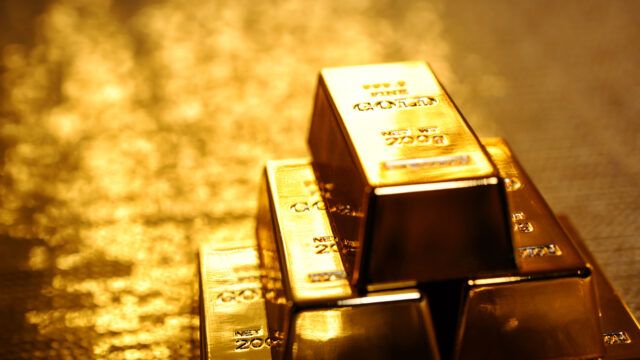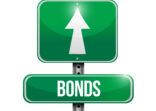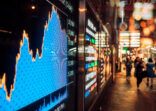Demand for gold hit a record high in 2023 as prices rose by 13% amid economic and geopolitical uncertainties.
Fundamental factors pushing the price higher included strong demand from China, robust central banks buying and a need to hedge against high valuations in the US stock market.
However, according to a recent State Street Global Advisors and World Gold Council survey, 24% of asset owners in Apac do not own any gold investments, which is the same percentage as among North American investors.
But “looking forward to the next 12 to 18 months, more Apac asset owners anticipate increasing gold investment (27%) compared with North America asset owners (21%),” said Robin Tsui, Apac gold strategist at State Street Global Advisors.
“Our survey suggests that an increasing number of asset owners in the region are using gold as a core asset for long-term investment horizons, which is where it shines in the context of a well-balanced, diversified portfolio.”
The survey interviewed 850 consultants, financial advisors and institutions globally, including 63 asset owners who are based in Asia Pacific.
Apart from the 24% of Apac asset owners who do not own any gold investment, among the remaining with gold exposure: 22% have between 0.1% and 0.9% of assets allocated to gold, 46% have between 1% and 4.9% of, and 8% have 5% or more of assets allocated to gold.
The top three reasons cited by Apac asset owners for investing in gold or increasing exposure to the precious metal include their belief that: gold is a proven diversifier, especially in periods of financial turmoil and economic uncertainty (59%), it increases risk-adjusted returns over time (37%), and gold is a proven hedge against a weakening US dollar (37%)
“Gold as a proven diversifier especially in times of financial turmoil and economic uncertainty was the top reason for Apac asset owners to invest in gold,” said John Reade, chief market strategist for Europe and Asia at the World Gold Council.
“Gold has demonstrated a low and negative correlation to many financial asset indices over time, providing a hedge in times of major market declines, systemic risk and geopolitical volatility.”
“Awareness of the investment benefits of gold has never been greater,” Reade added.
On the other hand, the most frequently cited reasons for not investing in the yellow metal are that gold does not pay coupons or dividends (59%), its intrinsic value is difficult to calculate due to a lack of an established model (37%) and changes in the strength of the US dollar make gold a less appealing investment (25%).
Yet, “with expectations that the US Federal Reserve will ease policy at some point in 2024, and a contested presidential election looming in the US, there is a strong case for increased demand in the coming year,” said Reade.
















